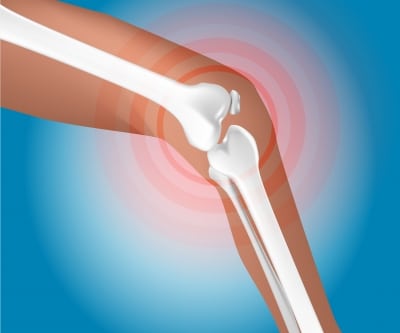Knee Arthoscopy

Arthroscopy is a method of surgery used to view the joint using a small camera. It gives doctors a clear view of the inside of the knee joint. Through the technology of fiber optics a physician is able to diagnose and treat knee problems. The treatment typically involves small instrumentation also inserted into the knee.
Description
Arthroscopy is done by inserting a arthroscope into small incisions into the knee joint. The image is sent to a high definition monitor where the surgeon can see the knee joint. The surgeon can then use this view to feel, repair or remove damaged tissue. Typically the portals are made adjacent to the patellar tendon, occasionally accessory portals are made to access different areas of the knee.
Surgery
Before surgery, a surgeon will advise which medications you should stop taking leading up to the procedure. Pre-operative test may be necessary. Patients are advised not to eat or drink anything after midnight the night before the surgery. An anesthesia team will sometimes numb your knee, below your waist and put you to sleep. The surgeon will insert the arthroscope into the in your knee and rinse away any cloudy fluid. After the surgeon a views the knee joint she will be able to properly diagnose the problem and perform needed surgical treatments. The duration of the surgery depends on the findings and treatments. Procedures that can be performed include meniscal debridement, repair, ACL reconstruction, arthritis treatment and releasing tight patellar structures.
Recovery
Recovery from knee arthroscopy is faster than recovery from traditional open knee surgery. Upon leaving the hospital your orthopedic surgeon will issue some rules and instructions for safe recovery. Medications are typically prescribed for short-term pain relief after surgery. Keep the leg elevated during the first few days following surgery and apply ice. Keep you incisions clean and dry. Your surgeon will let you know when you should change the dressing. It’s common to use crutches after arthroscopic surgery. You should exercise your knee regularly following the surgery. This will help you regain strength. However, your physician and/or physical therapist should provide guidelines for this exercise.
Complications
There are risks associated with knee arthroscopy but they don’t occur often, and are often minor and treatable. Infection, blood clots and accumulation of blood are all common complications. Patients should contact their orthopedic surgeon if they experience chills, fever, warmth/redness around the knee and increased pain in the knee or calf muscle. It is important to tell your surgeon about any orthopedic or skin infection history. It is also important to tell your surgeon about any history or family history of blood clots.
For more information on knee arthroscoopy visit the American Academy or Orthopaedic Surgeons.




